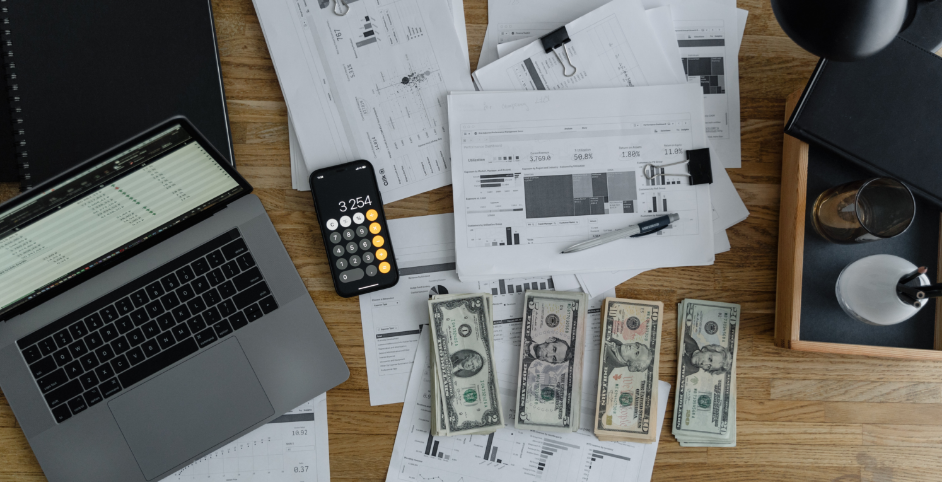
A Comprehensive Guide to Real Estate Content Marketing
In the ever-evolving landscape of real estate, digital marketing has become an indispensable tool for professionals looking to connect with their target audience and stay

Forbes has tracked the cost of the really good life for 40 years. These days it’s more pricey to live lavish.
The finer things in life, like everything else, have only gotten more expensive in the past year. Forbes’ has been tracking a basket of luxury goods and services since 1982 to compute our annual Cost of Living Extremely Well Index (CLEWI) index–a sort of barometer for the cost of a billionaire’s lifestyle. This year, the CLEWI is up 7%, more than the average gain of 5% per year over the past decades–but less than the 8.3% gain in the Consumer Price Index, meant to measure the broader economy.
CLEWI’s increase was tempered by the strength of the dollar. Without that increase, these luxury goods would have faced hikes in line with the CPI. This year’s prices for ultra-luxe items rose because of labor shortages, rising costs of raw materials and increased demand, the same factors that pushed up costs across the broader economy. A Swiss watch will run you 11% more this year. A pair of Gucci loafers have been marked up 13%. An Olympic pool that would have cost $3.25 million last year is up nearly 40%, to $4.5 million. But it’s not all bad news. The strong dollar did push down the prices of a few items. A pair of wingtips from British shoemaker John Lobb are 13% less pricey. The Oyster 595 sailing yacht, built in the U.K., will set you back just $2.9 million, down 15% from 2021.
Unlike the CPI, the CLEWI index has gone up every year since 1982. So even with the currency boost, it’s never been more expensive to be rich. Not that America’s billionaires–worth a collective $4 trillion–should have any problem paying for the caviar, private jets and thoroughbred horses to which they are accustomed.

In the ever-evolving landscape of real estate, digital marketing has become an indispensable tool for professionals looking to connect with their target audience and stay

Staying ahead of the competition in the real estate industry requires an innovative approach. In the digital age, social media and online marketing have emerged

The MLS BCS is a critical tool in the real estate industry that helps agents and agencies ensure consistency and fairness in the marketplace. However,

Creating a popular and successful open house in the real estate market is crucial for selling a property quickly and at the desired price. Here

Knowing when a sale is pending is crucial for agencies and agents involved in the sales process. Check the actions of a listing to change


